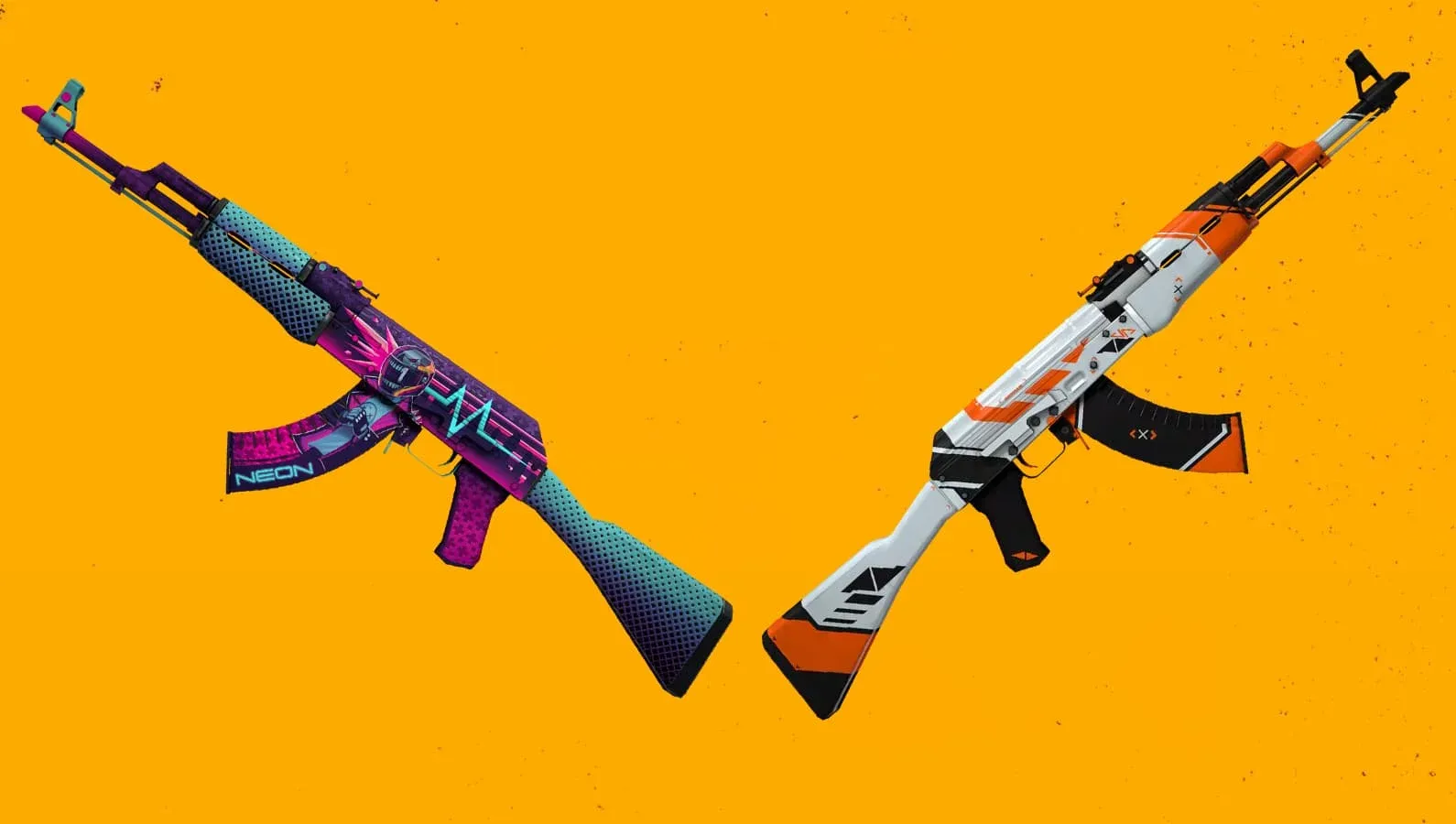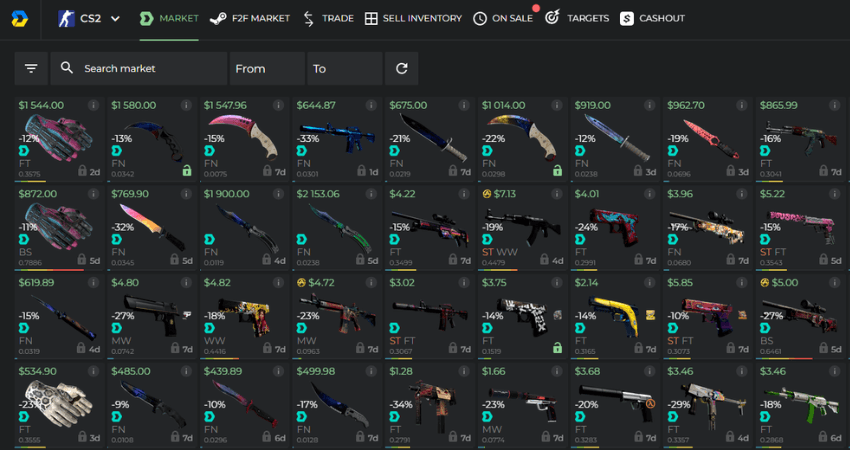Trading CS2 skins has grown from a casual hobby to a highly strategic part of the game. For many players, skins aren’t just cosmetic—they carry real value and can become a source of profit if handled wisely. Unlike simple collection, trading requires understanding the market, item rarity, and timing. This guide explains the nuances of trading CS2 skins for players who want more than basic advice.
Understanding CS2 Skins and Their Value

CS2 skins vary widely in rarity, condition, and demand. To trade effectively, players need to analyze several core factors:
- Rarity – Skins are divided into tiers: Consumer, Industrial, Mil-Spec, Restricted, Classified, Covert, and Contraband. The rarer the item, the higher its potential value.
- Condition – Factory New, Minimal Wear, Field-Tested, Well-Worn, and Battle-Scarred. Even a minor difference in float value can significantly change the price.
- Patterns – Some patterns are more desirable due to aesthetics or rarity (e.g., Dragon Lore AWP).
- Market Demand – Skins tied to professional players, tournaments, or popular cases usually fluctuate in value more aggressively.
Third-party platforms also add another layer: the dynamics of competitive trading, where players can participate in cs2 case battles to win rare skins through real-time matches, making the process exciting and potentially lucrative.
Getting Started with CS2 Skin Trading
To trade successfully, you need more than just skins in your inventory. Preparation is key:
- Inventory Review – Take stock of your current skins, noting rarity, condition, and market trends.
- Market Research – Study both Steam and third-party platforms to understand fair pricing. Skins fluctuate, sometimes daily, depending on events, case releases, or professional tournaments.
- Account Security – Enable Steam Guard and two-factor authentication. Scams are common, so securing your account is non-negotiable.
Once you are prepared, you can begin with smaller trades to gain experience before moving on to higher-value items.
Trading Methods for CS2 Players
There are several approaches to trading, each suitable for different types of players.
Market Arbitrage
This involves buying underpriced skins on one platform and selling them for profit elsewhere. For example, a minimal wear skin might be cheaper on a smaller marketplace and can be sold for a premium on a larger platform. Timing is critical, and awareness of ongoing trends makes this strategy profitable.
Upgrading Skins
Many players consolidate multiple low or mid-tier skins into a single high-value item. This method requires careful analysis to avoid losses, but when done correctly, it can quickly elevate the value of your inventory.
Speculative Holding
Some skins gain value over time due to discontinuation or increasing popularity. Players who hold rare items for months or years may see substantial profits if the market shifts in their favor. This requires patience and market awareness, often tracking trends on platforms and forums.
Evaluating Trades: How to Spot Value
CS2 trading isn’t just about luck—it's about spotting undervalued items. Look for the following:
- Float Value – Even minimal differences in float can change a skin’s worth dramatically.
- Pattern Rarity – Unique or aesthetically popular patterns often sell faster.
- Supply vs. Demand – Check how many items are listed and how quickly they sell.
A simple table can help summarize these factors for quick reference:
|
Factor |
Why it Matters |
Example |
|
Float Value |
Defines wear; affects price |
A 0.05 vs 0.15 minimal wear AK-47 |
|
Pattern Index |
Rare patterns increase desirability |
Dragon Lore variations |
|
Rarity |
Determines base value |
Covert or Contraband skins |
|
Popularity |
High demand drives quicker sales |
Skins used by pro players |
|
Market Timing |
Events, tournaments, or case releases influence price |
Post-major tournament spikes |
Participating in CS2 Case Battles
Case battles are one of the more exciting aspects of CS2 skin trading. They combine competitive gameplay with the chance to win rare items. Players can deposit skins into a pool and compete against others in short matches, with winners receiving higher-value skins.
- Risk and Reward – While potentially profitable, losses are possible; only use skins you can afford to risk.
- Skill Factor – Some battles rely on timing and choices, adding a strategic layer beyond simple luck.
- Market Insights – Observing case battles can reveal trending skins and inform your future trading decisions.
Participating in cs2 case battles is also a great way for new traders to familiarize themselves with the market dynamics without committing large sums immediately.
Security and Ethics in CS2 Trading
Trading CS2 skins involves real money and valuable items. Players should always:
- Avoid sharing account credentials.
- Use verified platforms only.
- Check trade details carefully before confirming.
- Be cautious of unusually low offers or requests for direct cash trades.
Ethical trading builds long-term credibility within the community, which can be more valuable than short-term gains.
Building a Trading Strategy
Consistency is key. Experienced traders often:
- Track inventory and pricing daily.
- Participate in communities for updates on trends.
- Set clear buying and selling rules to avoid emotional trades.
A disciplined approach helps turn casual trading into a reliable way to increase inventory value.
How Can You Maximize Profits in CS2 Skin Trading?
Trading CS2 skins combines strategy, market awareness, and risk management. By understanding item value, participating in competitive case battles, and prioritizing safety, players can maximize both fun and profit. Whether you aim to collect rare skins or generate income, a smart, informed approach makes all the difference in the competitive world of CS2 skin trading.


